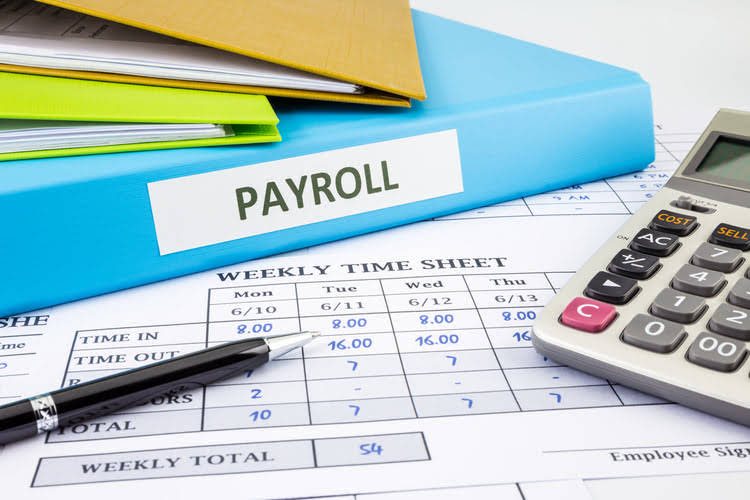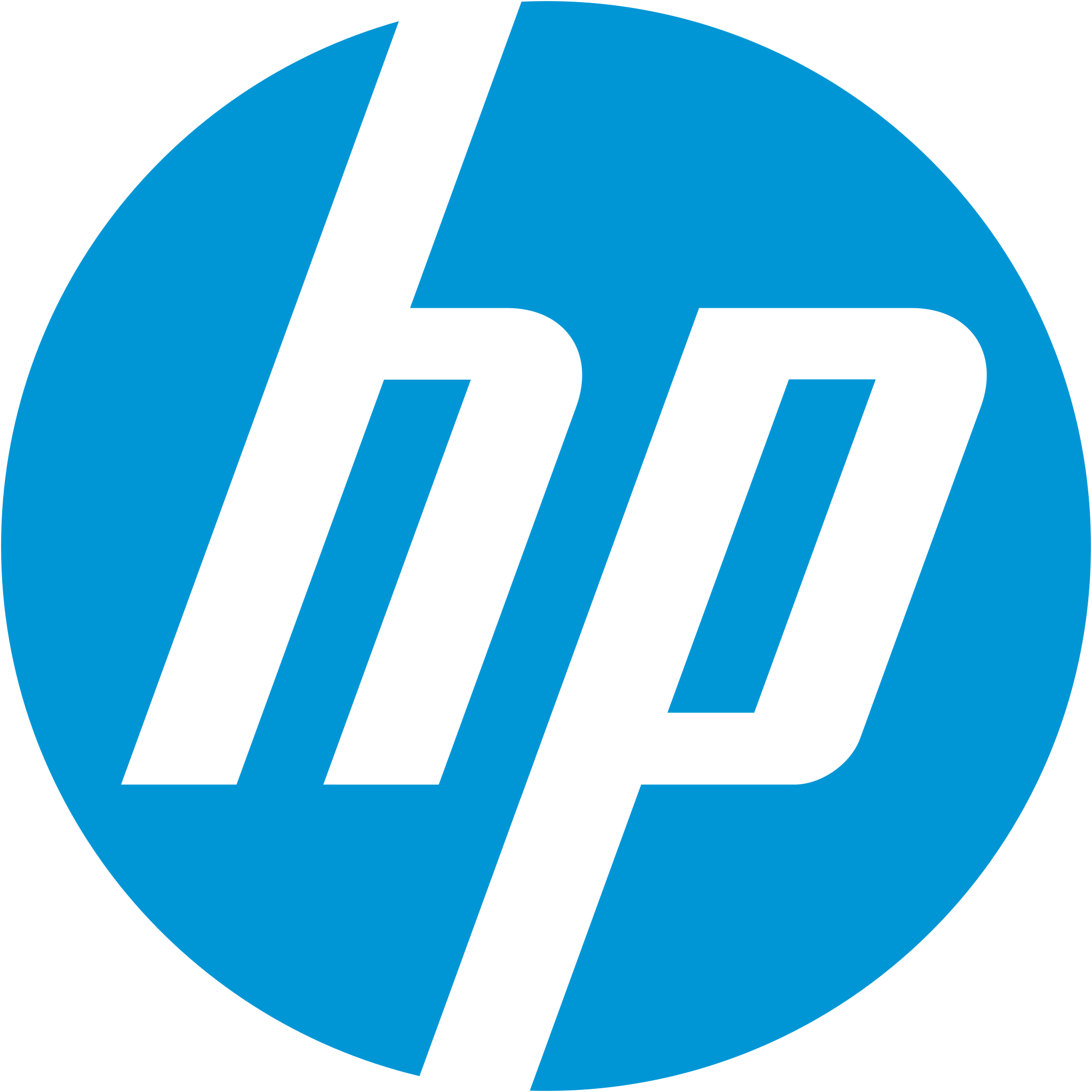Cost Per Unit What Is It, Formula, Examples, Vs Price Per Unit Leave a comment

In this section, we will explain the formula for calculating cost per unit and how to use it in different scenarios. We will also compare the cost per unit of different products and services and discuss the factors that affect it. It provides valuable insights that enable businesses to make informed decisions and improve their overall financial performance. Additionally, Legal E-Billing the unit cost is influenced by multiple factors, such as fixed costs, variable costs, direct and indirect costs, production volume, and more. By tracking unit costs, businesses can evaluate the profitability of their operations. Comparing the selling price per unit to the production cost per unit helps in identifying which products are profitable and which need adjustments.
Everything You Need to Know About Perpetual Inventory Systems: Advantages & Formulas

From various perspectives, the importance of calculating cost per unit becomes evident. Overhead costs include all indirect production expenses, such as utilities, depreciation, and factory maintenance. For example, if a factory incurs $10,000 in monthly utility bills and produces 1,000 units, the overhead cost per unit is $10. Techniques like activity-based costing (ABC) can allocate overhead more accurately, ensuring each how to calculate cost per unit product bears a fair share of indirect costs. By optimizing overhead management, businesses can improve their cost structure and financial performance.

Formula

In turn, this can help you deliver orders to customers more affordably while keeping product prices competitive. Therefore, the cost to produce one unit of their very large dog food in February 2022 was $80. Take the case of a small ecommerce business called PetsCo, which produced 100 units of an 80 lb bag of premium dog food in February 2022. To calculate the profit or loss per unit, you will need to find the difference between the cost and unit price.
Using Excel Functions for Advanced Calculations
- This metric is crucial for manufacturers to monitor costs, set competitive prices, and optimize production efficiency and profitability.
- By calculating the cost per unit, businesses can determine the optimal level of production, pricing strategy, and profitability.
- Reducing inventory holding costs can be done by optimizing the inventory levels and selling off excess inventory.
- For example, if a product incurs $50 in materials, $30 in labor, and $20 in overhead per unit, the total unit cost would be $100.
- Consider a scenario where a company manufactures 400 units of a product within a month.
When a step cost is incurred, the total fixed cost will now incorporate the new step cost, which will increase the cost per unit. Depending on the size of the step cost increase, a manager may want to leave capacity where it is and instead outsource additional production, thereby avoiding the additional fixed cost. This is a prudent choice when the need for increased capacity is not clear. The cost per unit can be applied to any type of cost, such as fixed cost, variable cost, or mixed cost.
Labor costs

Cost per unit information is needed in order to set prices high enough to generate a profit. The cost per unit is derived from the variable costs and fixed costs incurred by a production process, divided by the number of units produced. Examples of step costs are adding a new production facility or production equipment, adding a forklift, or adding a second or third shift.

Efficient logistics management
- Furthermore, real-time route tracking enables you to track your delivery drivers’ progress.
- This little feature is a huge time-saver and ensures consistency across your data.
- Rakesh Patel, author of two defining books on reverse geotagging, is a trusted authority in routing and logistics.
- A method to lower these costs is by leveraging eLogii to optimize delivery routes.
- It helps identify the areas where you can improve your cost efficiency, productivity, and overall competitiveness.
Meredith is a Content Marketing Specialist at ShipBob, where she writes articles, eGuides, and other resources to help growing ecommerce businesses master their logistics and fulfillment. Get ShipBob ledger account WMS to reduce mis-picks, save time, and improve productivity. Each storage unit is prorated on a monthly basis, so if, for example, you only had inventory in a storage location for half of the month, you will be charged 50% of the cost.
Latest tips to improve ecommerce logistics
- By exploring alternative materials, reducing scrap and waste, and negotiating better pricing with their suppliers, brands can lower material costs and reduce cost per unit.
- Overlooking seasonal fluctuations affecting production levels or costs can also result in inaccurate CPU figures.
- However, if the analysis fails to consider the declining quality of the smartphones or the negative impact on customer satisfaction, the company may face long-term consequences.
- In contrast, fixed costs stay the same regardless of sales or production volume.
- This is the amount of money that it costs to produce one unit of a product or service.
This is because labor charges, material spending, and tax regulations affecting the final cost of production may differ from country to country. This blog post defines the cost per unit, explains its components, elaborates on why it is important, and elucidates the strategies to reduce it. This financial metric is integral to understanding what it costs you to manufacture, deliver, or sell a unit of your product and price it accordingly. For businesses seeking to streamline expense management and improve financial performance, Vencru offers advanced tools for tracking and analyzing expenditures.










